A peristaltic pump is a mechanical device that produces pressure by constricting motion along a tube (much like natural peristalsis). A roller pump is another name for a peristaltic pump. This pump is best used in medical, agricultural, and water treatment applications where a precise fluid volume is required. Read More…
At Puffer Sweiven Rotating Equipment, we take pride in delivering metering pump solutions that bring precision, reliability, and consistency to fluid handling operations across the industries we serve. We understand how critical accurate flow control is, which is why we focus on offering metering pumps engineered to perform with exacting repeatability, withstand demanding environments, and...
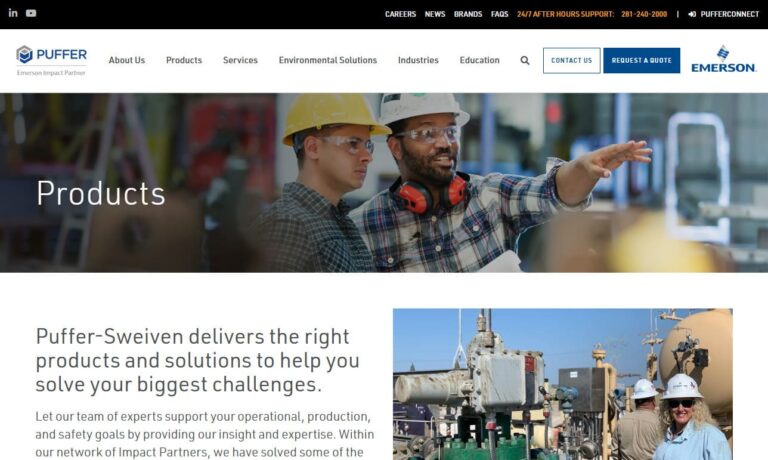
At Ryan Herco Flow Solutions, we take pride in delivering reliable fluid handling solutions that meet the precise needs of our customers. Our metering pumps are designed to provide consistent accuracy, helping industries maintain tight control over chemical dosing and fluid measurement.
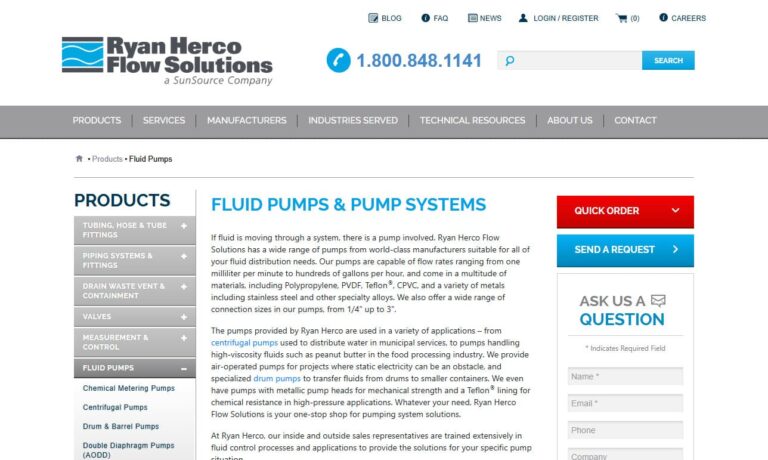
As a manufacturer of metering pumps, liquid pumps, sealless pumps, dispensing pumps and chemical feed pumps, Iwaki America Inc. provides quality, cost-effective products to a wide range of industries. We also offer drive and control systems, blending and mixing systems and test stands. Call us today to learn more about our metering pumps!
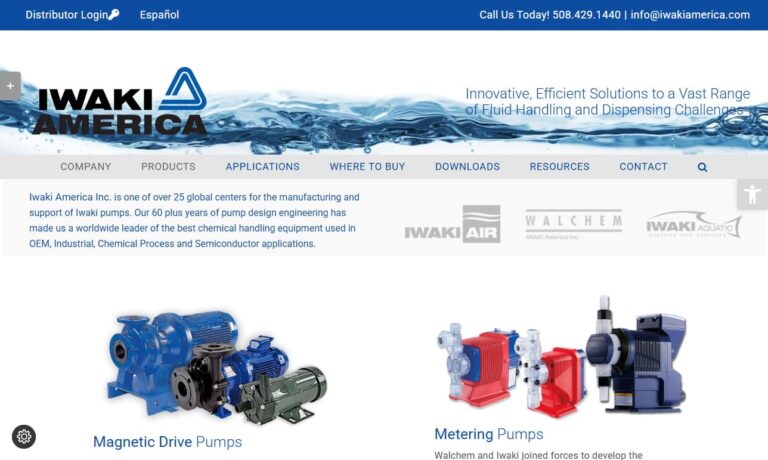
More Peristaltic Pump Manufacturers
Comprehensive Guide to Peristaltic Pumps: Principles, Types, Applications & Buying Tips
Peristaltic pumps are employed in a wide variety of applications around the globe, serving crucial roles in commercial, residential, and industrial settings. Recognized as a reliable type of positive displacement pump, the peristaltic pump is engineered to move a diverse array of fluids, including liquids, slurries, and even highly viscous or aggressive chemicals. This comprehensive guide explores the core features, working principles, types, industry-specific uses, benefits, and decision factors for selecting the ideal peristaltic pump for your needs.
What Is a Peristaltic Pump?
A peristaltic pump, also known as a tube pump or hose pump, is a specialized positive displacement pump designed to transfer fluids through a flexible tube or hose. The liquid is contained entirely within the tube, ensuring there is no contact between the fluid and moving mechanical parts. This makes peristaltic pumps an excellent choice for applications where product purity, gentle handling, or contamination prevention is critical.
These pumps are widely used in sectors such as water treatment, pharmaceuticals, food and beverage processing, chemical dosing, laboratory analysis, mining, and biotechnology. Their versatility and hygienic design make them suitable for both continuous and intermittent fluid transfer.
How Does a Peristaltic Pump Work?
Understanding the Peristaltic Pump Working Principle
At the heart of every peristaltic pump is a flexible tube or hose that acts as the liquid reservoir and transfer pathway. The tube is fitted inside a pump housing, typically circular, where it is compressed and released by rotating rollers or "wipers" attached to a rotor. As the rotor turns, the rollers sequentially squeeze sections of the tubing against the housing wall, creating a peristaltic wave that pushes the fluid forward.
The process mimics peristalsis found in biological systems such as the human gastrointestinal tract. As a roller compresses and then moves past a section of tubing, the tube naturally opens, drawing more liquid into the chamber through the principle of suction. The result is a pulsed, non-contaminating transfer of fluids, with complete isolation of the pumped media from the pump mechanism itself.
The pump can operate in continuous mode for steady flow, or be indexed by partial rotations to deliver precise, repeatable dosages of fluid—making it ideal for both bulk transfer and metering applications. Advanced peristaltic pumps often feature software-controlled operation for automated dosing, batch processing, and programmable flow changes.

Key Advantages of Peristaltic Pump Technology
- Contamination-Free Pumping: Only the inner surface of the tube contacts the fluid, making peristaltic pumps ideal for sterile processes and sensitive chemical handling.
- Self-Priming Capability: Peristaltic pumps can draw fluid into the tube even when dry, simplifying installation and reducing maintenance risks associated with manual priming.
- Dry Running Tolerance: Unlike many other pump types, peristaltic pumps can run dry without immediate damage, making them suitable for applications with intermittent or unpredictable flow.
- Bidirectional Flow: Flow direction can be easily reversed by changing the rotation direction, allowing flexible operation and simplified system design.
- Handling of Abrasive, Viscous, and Shear-Sensitive Fluids: The gentle pumping action and absence of valves or seals allow safe transfer of thick slurries, corrosive chemicals, and fragile biological materials.
- Low Maintenance Requirements: With minimal moving parts and no internal valves or seals, peristaltic pumps are easy to service—often requiring only periodic tube or hose replacement.
Types of Peristaltic Pumps: Which Is Best for Your Application?
Peristaltic pumps are available in several configurations, each optimized for specific flow rates, pressures, fluid types, and industrial requirements. The three most common types of peristaltic pumps include:
- Hose Pumps
- Microfluidic Pumps
- Tube Pumps
Hose Pumps: Heavy-Duty Fluid Handling
Hose pumps are designed for high flow rates and robust fluid transfer in demanding industrial environments. These pumps utilize a thick-walled, reinforced rubber hose that is alternately compressed and relaxed by rotating shoes or rollers. The simple, rugged design makes hose pumps ideal for transferring abrasive slurries, viscous fluids, and fluids with high solids content (up to 75%).

Key Features and Benefits of Hose Pumps
- Capable of high-pressure operation (often up to 16 bar or more)
- Self-priming and able to run dry without damage
- Reversible flow for flexible system integration
- Handles corrosive, abrasive, and viscous fluids with ease
- Minimal maintenance—hose replacement is quick and inexpensive
- No internal backflow, eliminating the need for check valves
- Suitable for demanding applications in mining, wastewater treatment, chemical processing, pulp and paper, and food production
Industrial hose pumps have evolved through the integration of advanced technologies, offering multipurpose capabilities and enhanced efficiency. If you are seeking a solution for high-volume, challenging pumping tasks, consider whether a peristaltic hose pump matches your requirements.
Tube Pumps: Precision Dosing and Laboratory Use
Tube pumps, sometimes called laboratory or benchtop peristaltic pumps, are optimized for low to moderate flow rates and precise dosing applications. They use flexible plastic or silicone tubing and compact pump heads, making them especially popular in research labs, medical environments, and small-scale production settings.

Key Applications and Advantages of Tube Pumps
- Ideal for accurate liquid metering, dispensing, and titration
- Used in laboratories, pharmaceutical manufacturing, biotechnology, and clinical diagnostics
- Excellent for handling shear-sensitive fluids and cell cultures
- Suitable for both continuous and intermittent operation
- Easy tube replacement enables rapid changeover between different fluids or batches
- Compact, portable designs fit on benchtops or integrate into analytical instruments
Tube pumps are the go-to solution for researchers and engineers who require precise control over small-volume liquid transfers. When evaluating tube pumps, consider tubing material compatibility, required flow accuracy, and pump head design for optimal results.
Microfluidic Pumps: Ultra-Precise Flow in Small-Scale Systems
Microfluidic peristaltic pumps are engineered for extremely low flow rates, often in the microliter or nanoliter range. These pumps are essential in biotechnology, pharmaceuticals, analytical chemistry, and engineering systems where precise manipulation of minute liquid volumes is critical.
Common Uses for Microfluidic Peristaltic Pumps
- Lab-on-a-chip devices
- DNA sequencing and polymerase chain reaction (PCR) systems
- Analytical instrumentation for chemical and biological assays
- Controlled drug delivery and micro-dosing
- Miniaturized chemical reactors and point-of-care diagnostics
Microfluidic pumps provide unparalleled precision and reproducibility, making them indispensable in advanced research and development environments. When selecting a microfluidic peristaltic pump, assess factors such as flow stability, tubing compatibility, and integration with automated control systems.
Where Are Peristaltic Pumps Used?
Major Applications and Industry Use Cases
Peristaltic pumps are valued for their versatility and reliability across an extensive range of industries and processes. Explore key peristaltic pump applications below, and consider how these pumps could benefit your specific project or facility:
- Water & Wastewater Treatment: Chemical dosing (chlorine, acids, alkalis), sludge transfer, pH control, and sampling.
- Food & Beverage Production: Hygienic transfer of juices, sauces, dairy, flavorings, and syrups; CIP (clean-in-place) processes.
- Pharmaceuticals & Biotechnology: Sterile media transfer, vaccine production, cell culture, and fermentation.
- Mining & Mineral Processing: Slurry pumping, reagent dosing, and abrasive fluid handling.
- Chemical Manufacturing: Corrosive chemical transfer, mixing, and batch dosing.
- Medical & Laboratory: Hemodialysis, blood analysis, reagent delivery, and microfluidic assays.
- Environmental Analysis: Groundwater sampling, pollution monitoring, and remote site fluid collection.
Common Questions When Evaluating Peristaltic Pumps
- What is the required flow rate and pressure for my application?
- Are the fluids abrasive, viscous, corrosive, or sensitive to shear?
- Is sterile or contamination-free transfer essential?
- Will the pump run continuously, intermittently, or require automated control?
- Do I need single-use tubing or reusable hoses?
- What is the total cost of ownership, including maintenance and consumables?
How to Select the Right Peristaltic Pump: Key Decision Factors
Choosing the best peristaltic pump for your application involves evaluating several technical and operational criteria. Here are the most important factors to consider during your decision-making process:
- Flow Rate & Pressure: Match the pump's capacity to your system's requirements. Hose pumps are ideal for high volumes and pressures, while tube and microfluidic pumps excel at low flow, high precision tasks.
- Tubing/Hose Material: Select materials compatible with your pumped media—options include silicone, Santoprene, Norprene, Viton, and reinforced rubber for chemical resistance and durability.
- Fluid Characteristics: Consider viscosity, abrasiveness, temperature, and whether the media is shear-sensitive or contains solids.
- Sanitation and Cleaning: For hygienic or sterile applications, look for pumps with easily replaceable, autoclavable tubing and smooth flow paths.
- Control Features: Evaluate manual vs. automated control, programmable dosing, remote monitoring, and integration with PLC or SCADA systems.
- Maintenance and Longevity: Review tube and hose replacement intervals, ease of servicing, and total cost of ownership.
- Regulatory Compliance: Ensure pumps and materials meet industry standards (FDA, USP, 3A, or ATEX) as required.
Need help sizing a peristaltic pump?
Try our peristaltic pump selection guide or contact our technical support team for expert advice.
Benefits of Peristaltic Pumps vs. Other Pump Technologies
Why choose a peristaltic pump over centrifugal, diaphragm, or gear pumps? Consider the following unique advantages that peristaltic pumps provide:
- Non-Contaminating Design: Only the tube contacts the fluid, eliminating cross-contamination risks and simplifying cleaning.
- Gentle, Low-Shear Pumping: Ideal for fragile bio-materials, emulsions, and cell suspensions.
- Ability to Handle Solids and Slurries: Unlike many other pump types, peristaltic pumps easily transfer abrasive, particulate-laden fluids.
- Simple Maintenance: Tube or hose changes take minutes, with no need to disassemble the pump head.
- Flexible Installation: Self-priming and dry-running capability allows for remote or mobile deployment.
- Reduced Total Cost of Ownership: Low downtime, minimal consumables, and long service life reduce operational expenses.
Frequently Asked Questions About Peristaltic Pumps
How do I know which tubing material is right for my application?
Start by identifying the chemical compatibility, temperature range, and pressure requirements of your process fluid. For aggressive chemicals, select fluoropolymer or Viton tubing; for food and pharma, use medical-grade silicone or thermoplastic elastomers. Consult manufacturer charts or request a sample for testing.
What maintenance does a peristaltic pump require?
Routine maintenance is typically limited to periodic inspection and replacement of the pump tube or hose. Monitoring for signs of wear, such as cracks, flattening, or leakage, is important. Advanced pumps may include tube life indicators or automated maintenance alerts.
Can peristaltic pumps handle high-viscosity or abrasive fluids?
Yes. Hose pumps, in particular, are designed to handle thick slurries, viscous media, and fluids with suspended solids or abrasives. Proper tubing selection and pump sizing are critical for optimal performance in these applications.
Are peristaltic pumps suitable for sanitary or clean-in-place (CIP) operations?
Absolutely. With single-use or autoclavable tubing and smooth, non-retentive flow paths, peristaltic pumps are well-suited to CIP and SIP (steam-in-place) protocols in food, beverage, and pharmaceutical manufacturing.
How can I automate or control my peristaltic pump?
Many modern peristaltic pumps offer digital interfaces, programmable dosing, remote start/stop, and integration with PLC, SCADA, or laboratory automation systems. Look for models with touchscreen displays, Ethernet connectivity, or analog/digital control inputs.
Choosing the Proper Peristaltic Pump Manufacturer
To ensure you achieve the best results when purchasing peristaltic pumps, it is crucial to compare multiple reputable manufacturers and suppliers. When researching peristaltic pump suppliers, pay attention to their technical expertise, product range, application experience, and support services.
On our platform, each Peristaltic Pump Supplier features a detailed business profile page outlining their specialties, certifications, and capabilities. Use the contact form to request technical information, application advice, or a customized quote. Review each peristaltic pump company website using our patented website previewer to evaluate their offerings, and then use our simple RFQ (request for quote) form to efficiently contact several manufacturers with your specifications.
Summary: Why Choose a Peristaltic Pump?
Peristaltic pumps offer unmatched flexibility, reliability, and performance for a broad spectrum of applications—ranging from industrial fluid transfer and chemical dosing to laboratory research and sterile pharmaceutical processing. With their contamination-free operation, gentle pumping action, and minimal maintenance requirements, they represent a smart investment for businesses and facilities seeking efficient, adaptable fluid handling solutions.
Whether you are upgrading an existing system, designing a new process, or searching for the best pump for a challenging application, peristaltic pumps deliver proven results. Explore our resources, compare top manufacturers, and consult with experts to ensure you select the right peristaltic pump for your needs.
Still have questions?
- Ask us: Contact our technical support team
- Get started: Request a peristaltic pump quote today


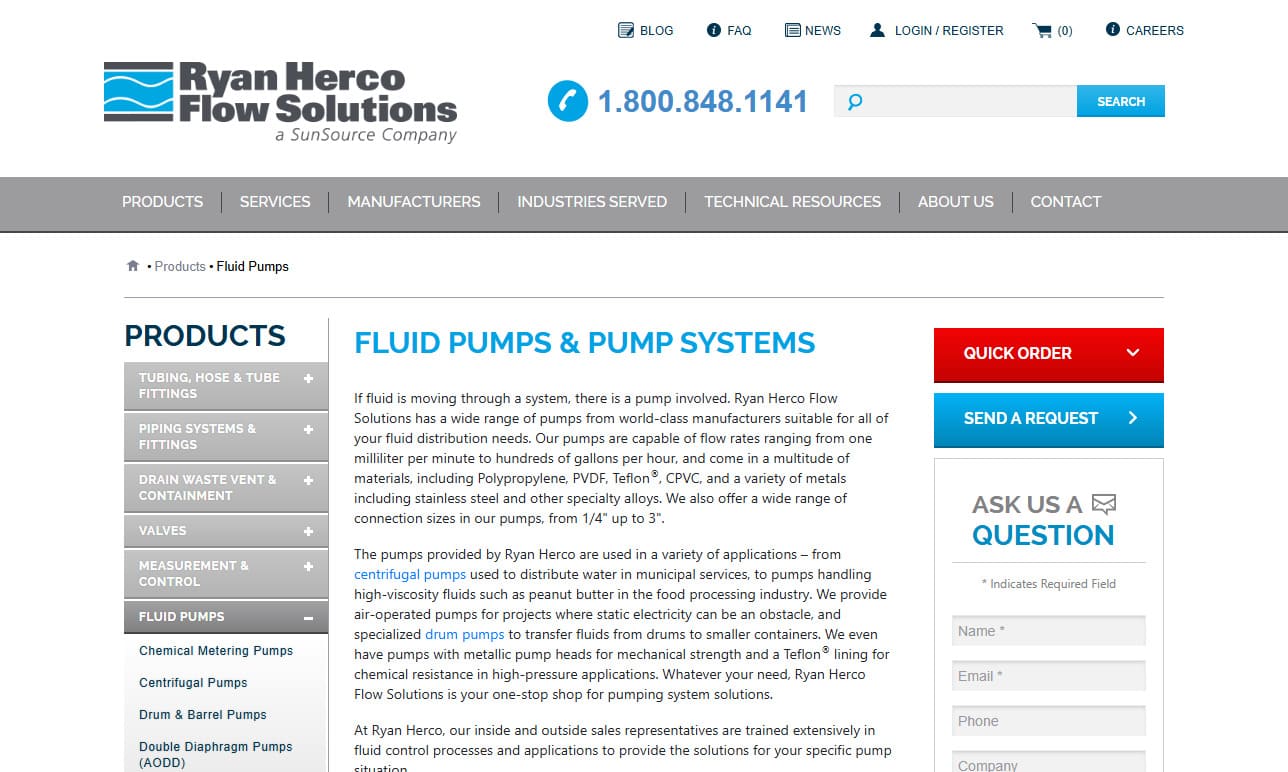
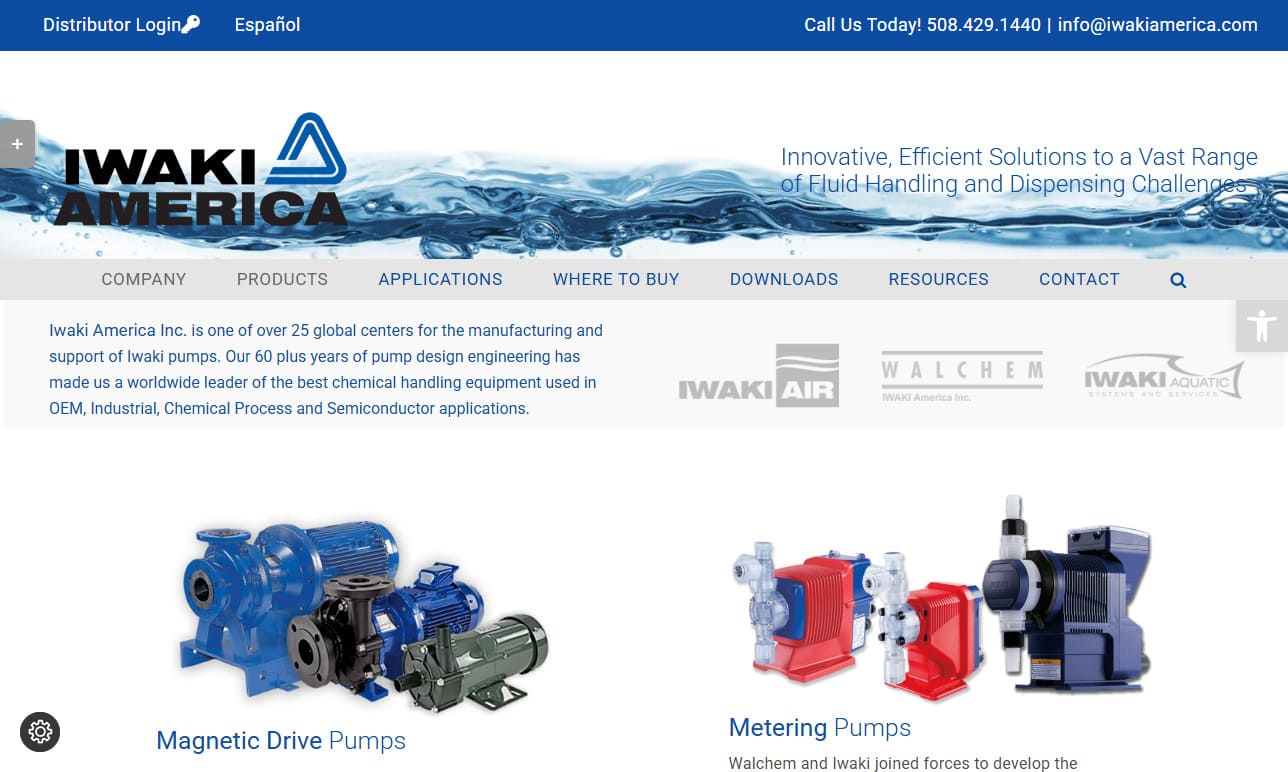
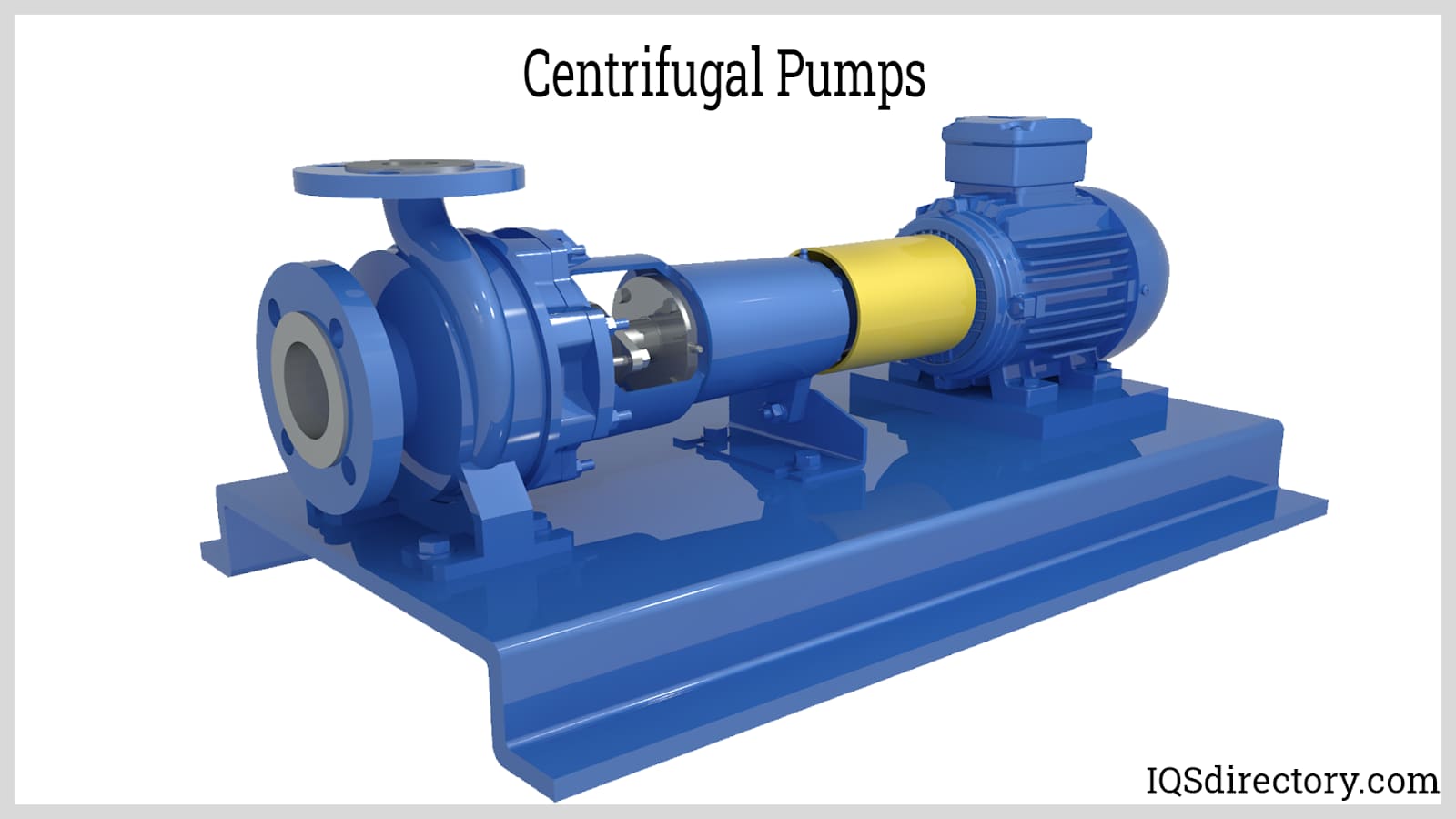
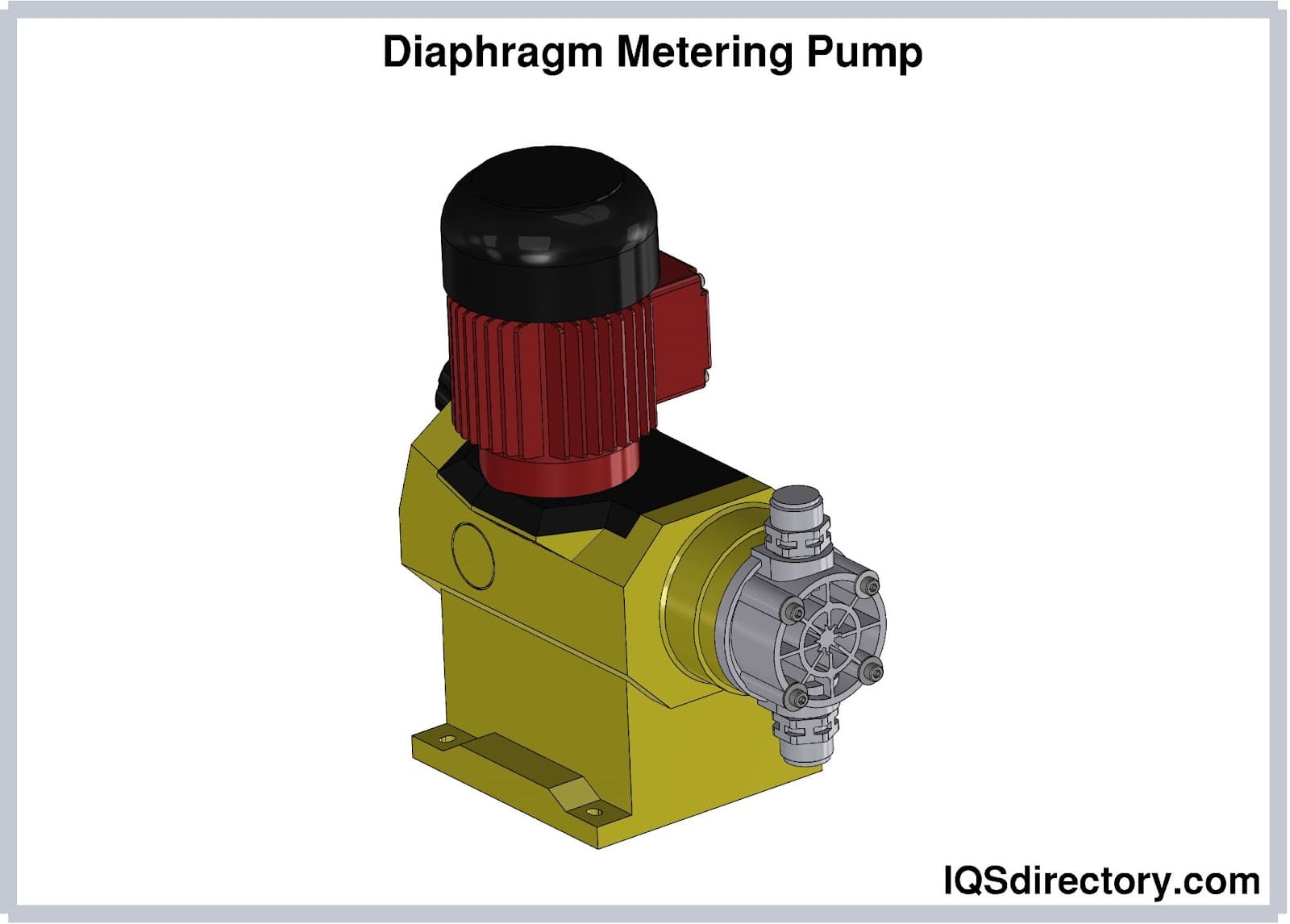
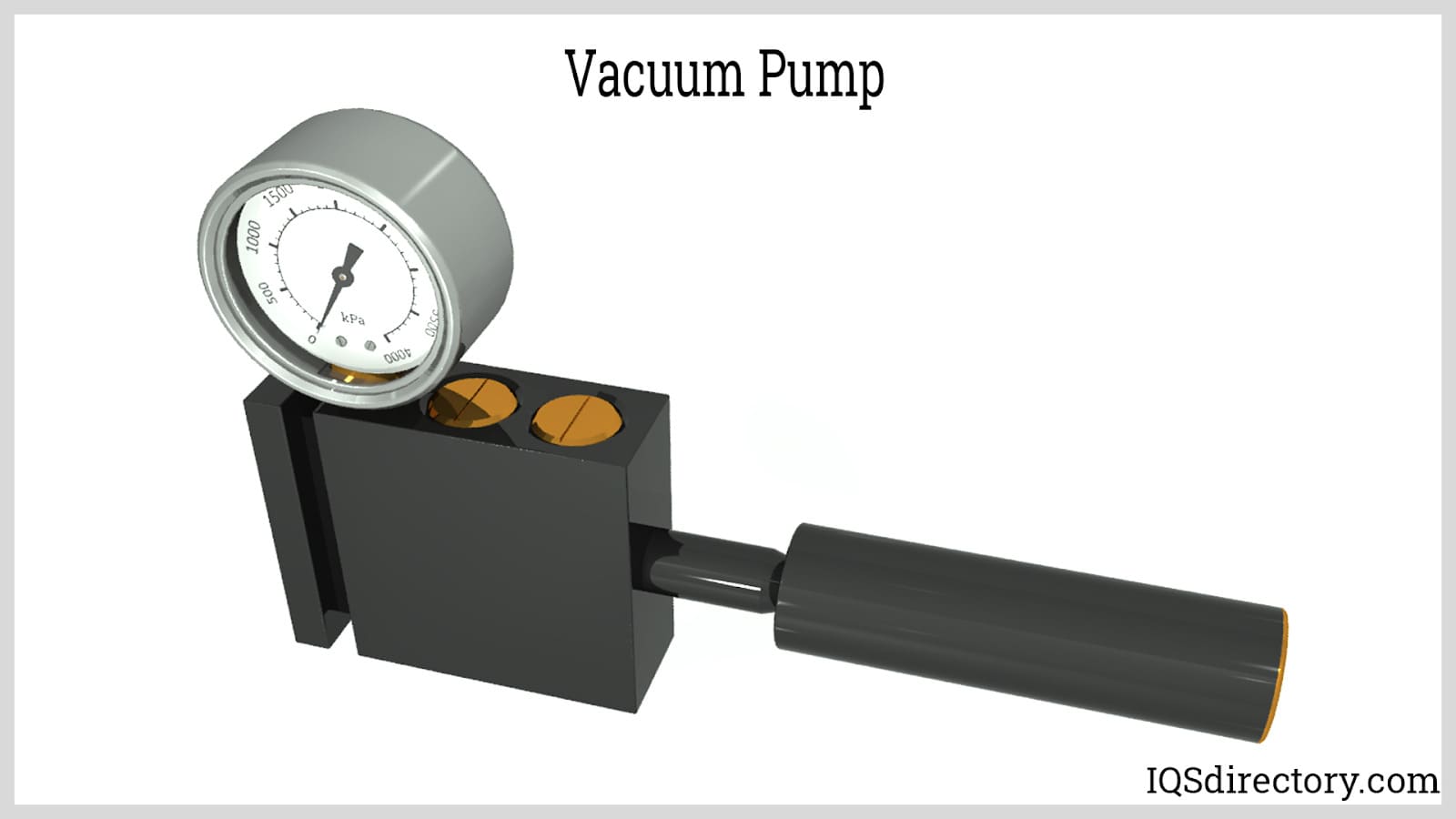
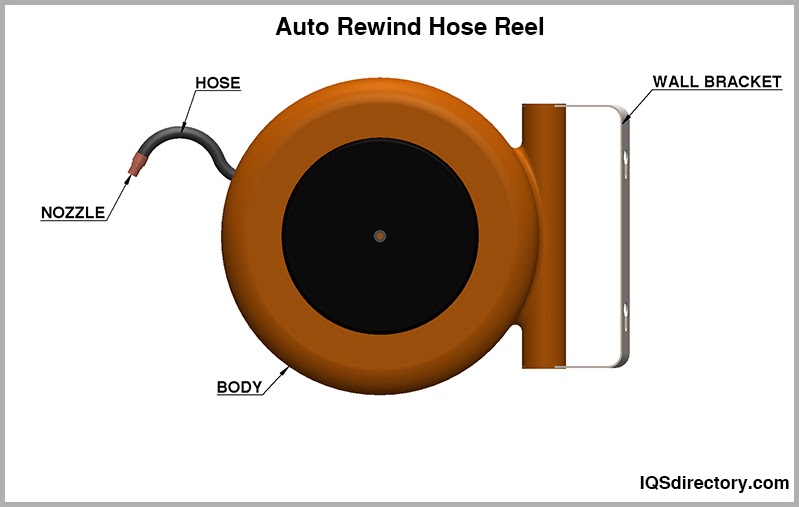

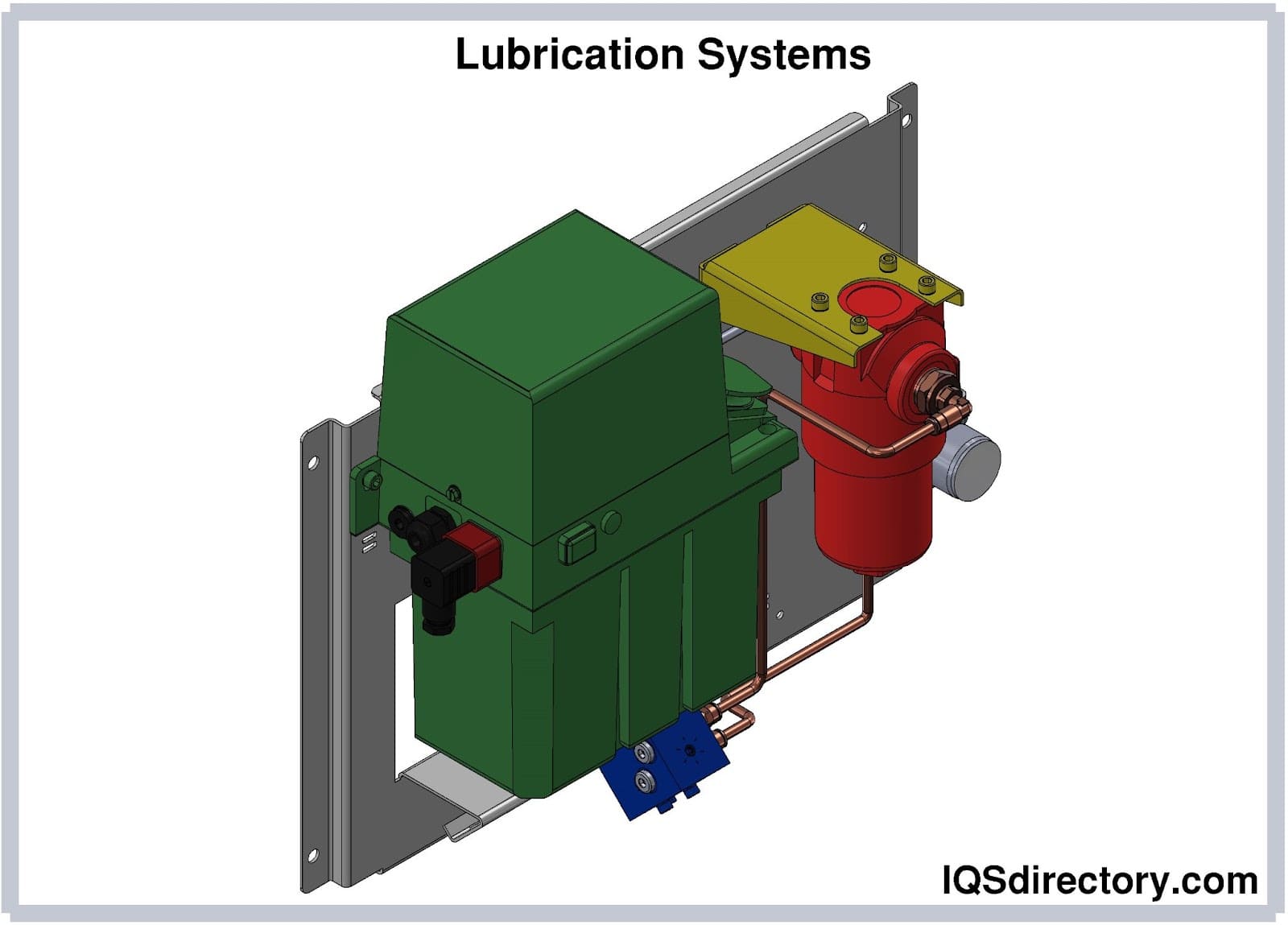
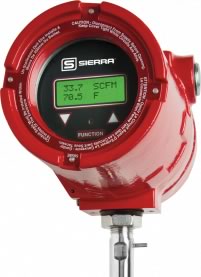 Flow Gauges
Flow Gauges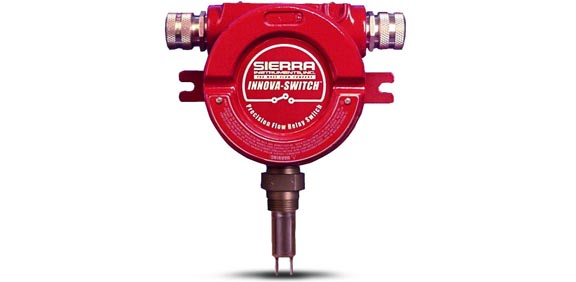 Flow Indicators
Flow Indicators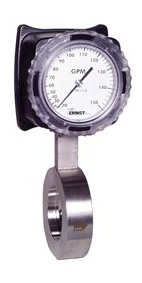 Flow Meters
Flow Meters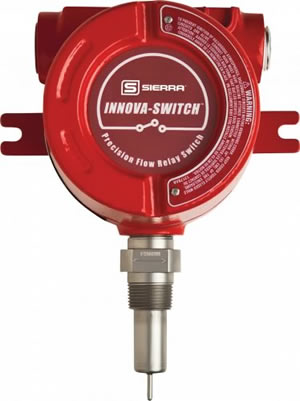 Flow Switches
Flow Switches Castings & Forgings
Castings & Forgings Bulk Material Handling
Bulk Material Handling Electrical & Electronic Components
Electrical & Electronic Components Flow Instrumentation
Flow Instrumentation Hardware
Hardware Material Handling Equipment
Material Handling Equipment Metal Cutting Services
Metal Cutting Services Metal Forming Services
Metal Forming Services Metal Suppliers
Metal Suppliers Motion Control Products
Motion Control Products Plant & Facility Equipment
Plant & Facility Equipment Plant & Facility Supplies
Plant & Facility Supplies Plastic Molding Processes
Plastic Molding Processes Pumps & Valves
Pumps & Valves Recycling Equipment
Recycling Equipment Rubber Products & Services
Rubber Products & Services